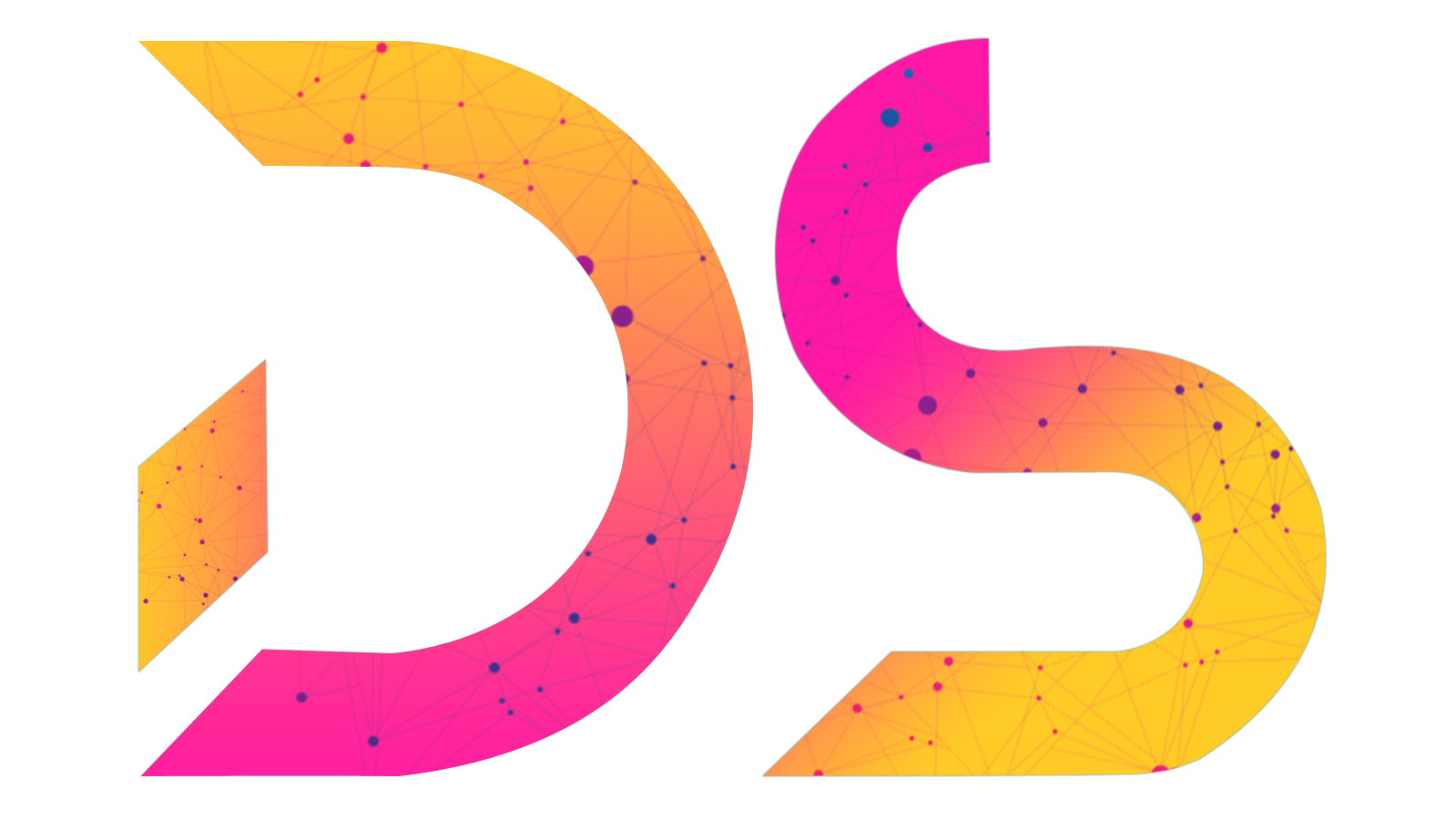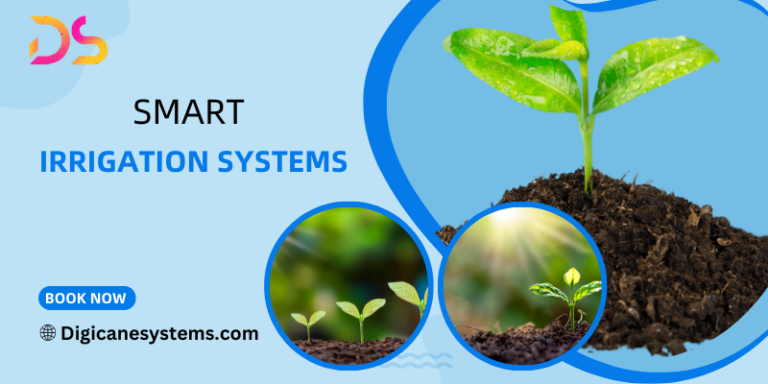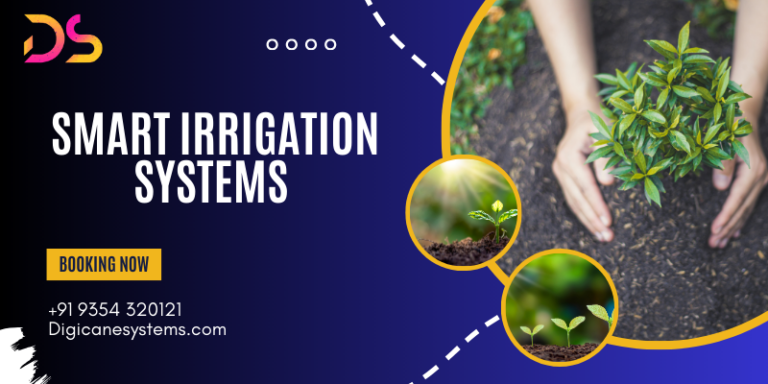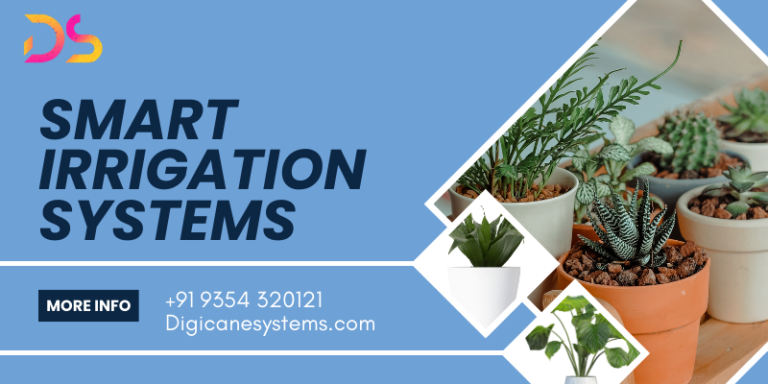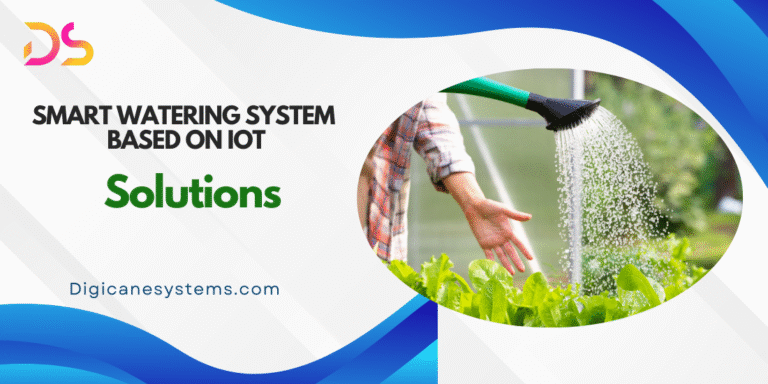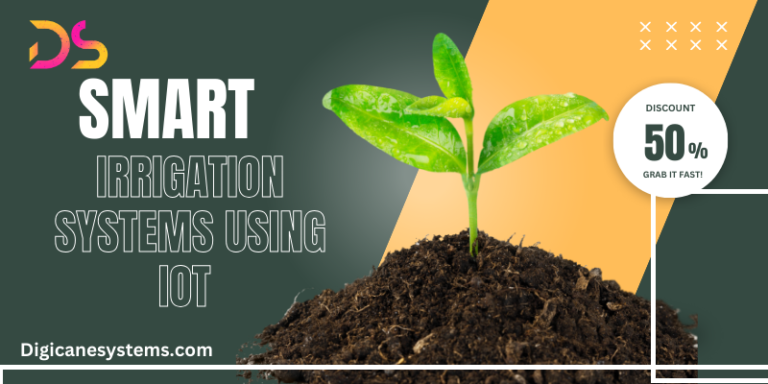IoT-based Smart Irrigation System for Garden Water Management with ESP32
Smart Irrigation System for Garden
A Smart Watering System Using IoT (intelligent irrigation system) is a viable solution in the context of water scarcity, and the need to manage resources efficiently. This project uses the ESP32 Microcontroller to automate irrigation of gardens by monitoring soil moisture and environmental conditions. The system intelligently manages water usage to ensure that plants receive optimal amounts of water. This reduces waste and promotes plant health. This method not only makes garden maintenance easier, but it also promotes environmental sustainability.
Objectives
1. Automate irrigation in gardens using real-time moisture measurements.
2. Improve water efficiency and reduce water waste.
3. Remote monitoring and control is possible via IoT connectivity.
4. Water management is crucial to ensuring optimal plant health.
5. Smart garden management can help you to promote environmental sustainability.
Key Features
1. Real-time soil moisture monitoring using sensors.
2. Automatic irrigation control based upon moisture levels and environmental conditions.
3. Connectivity to Wi-Fi for remote monitoring and controlling via mobile apps or web interfaces.
4. Displays local status and alerts on a user-friendly LCD.
5. Low-power components, design and components allow for energy-efficient operation.
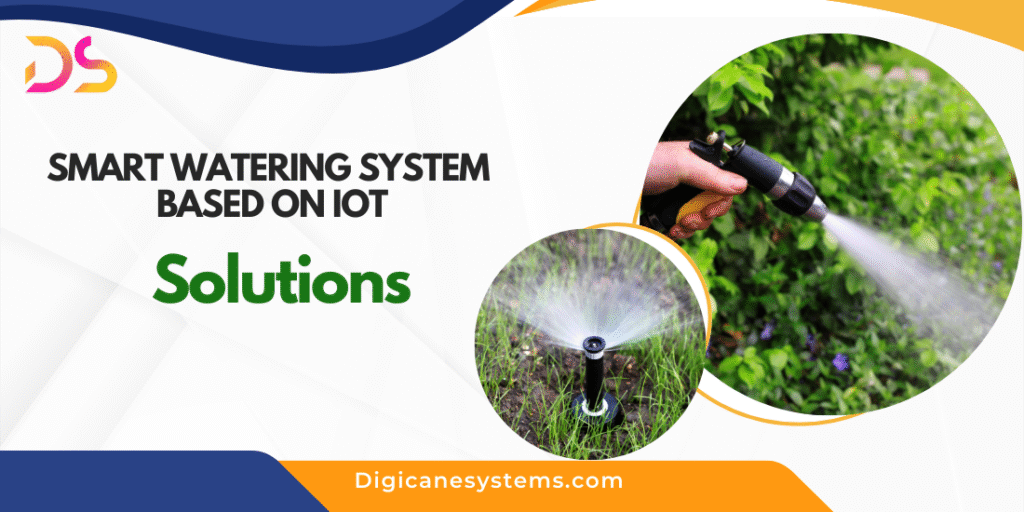
IoT-based Smart Irrigation System ESP32
Applications Areas
The IoT-based Smart Irrigation System ESP32 can be used in a wide range of situations. This is especially beneficial for gardeners, as it ensures that plants receive the proper watering even when they are not at home. The system is also useful in agricultural settings. It can optimize irrigation of crops, resulting in better yields and more efficient resource use. The system can be used to maintain aesthetics and plant health in public parks and green spaces with minimal manual input. This system can also be used to maintain green areas in commercial landscapes such as those surrounding office buildings. This intelligent irrigation solution promotes healthier plants in diverse environments and supports water conservation.
Use ESP32 in IoT-Based Smart Irrigation System
How to Use ESP32 in IoT-Based Smart Irrigation System for Garden Water Management?
The IoT Smart Irrigation System for Garden Water Management with ESP32 is a user-friendly yet sophisticated solution that automates and optimizes garden watering based upon real-time conditions. The system uses the processing and connectivity abilities of the ESP32 to monitor soil moisture and control water flow. It also provides a user-interface for easy interaction.
The ESP32 is at the core of the system. It’s a versatile board with Wi-Fi capabilities that makes it perfect for IoT. The ESP32 receives continuous data from a soil sensor that is embedded in the soil to measure moisture content. The ESP32 receives information from the soil moisture sensors when they detect that the water content in the soil is below a threshold. This sensor works on a principle of variable resistance. The resistance changes depending on the moisture level.
The ESP32 can be programmed to analyse this data and take decisions accordingly. The ESP32 will activate a relay module that is connected to a pump if the moisture level falls below the set value. When triggered by the ESP32 it acts as a relay. It completes the circuit, and then powers the water pumps that irrigate the soil. The water pump is able to draw water from an external source such as a tank or tap and deliver it through a system of hoses or pipes into the garden.
The system also includes a DHT11, which measures ambient temperature and moisture. These data are also sent to the ESP32 for intelligenter irrigation decisions. On hot days, with high evaporation, the system will adjust the watering schedule so that the plants get enough moisture.
An LCD screen has been connected to the ESP32 in order to enhance user interaction. The screen shows real-time information such as moisture levels, temperature, humidity and whether the water pump is on or off. This information allows users to understand the current conditions in their garden and make adjustments if needed.
A buzzer is also attached to the system as a warning mechanism. It can, for example, be programmed so that it sounds an alarm when the moisture level is still low after a preset duration of irrigation. This indicates a potential issue with water supply or the irrigation process, which requires the user’s immediate attention.
The circuit uses a 24V AC-DC transformer to power the entire system. This transformer provides the voltage and current required by all components including the ESP32 and relay. Voltage regulators reduce the voltage to components that need lower voltages. This ensures that the entire system is safe.
Conclusion
The IoT Smart Irrigation System for Garden Water Management with ESP32 integrates multiple components into a cohesive, efficient and automated watering system. It ensures that plants are hydrated optimally while conserving water.
